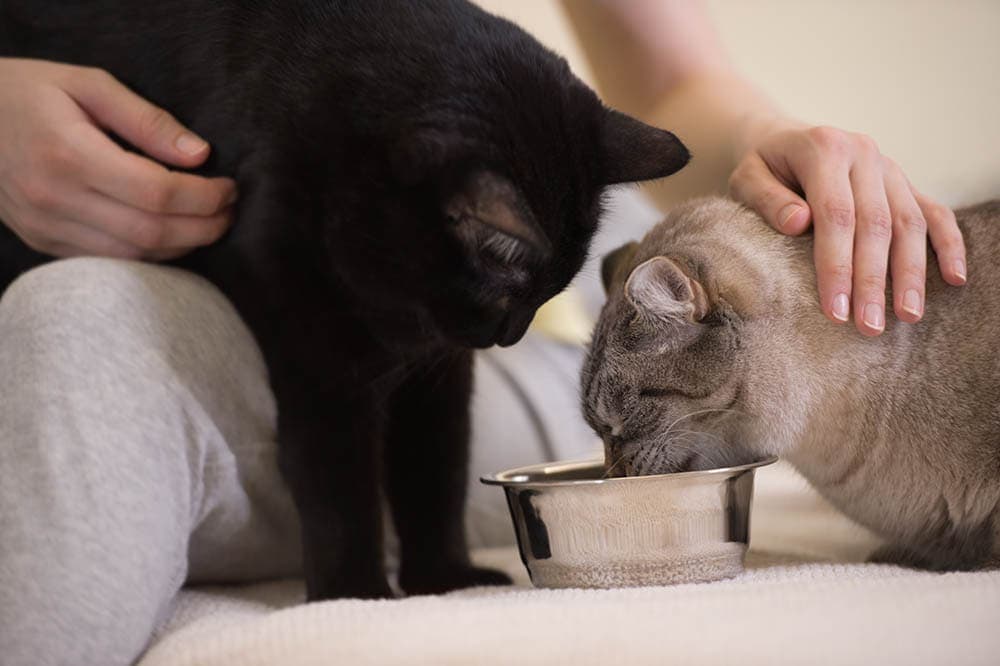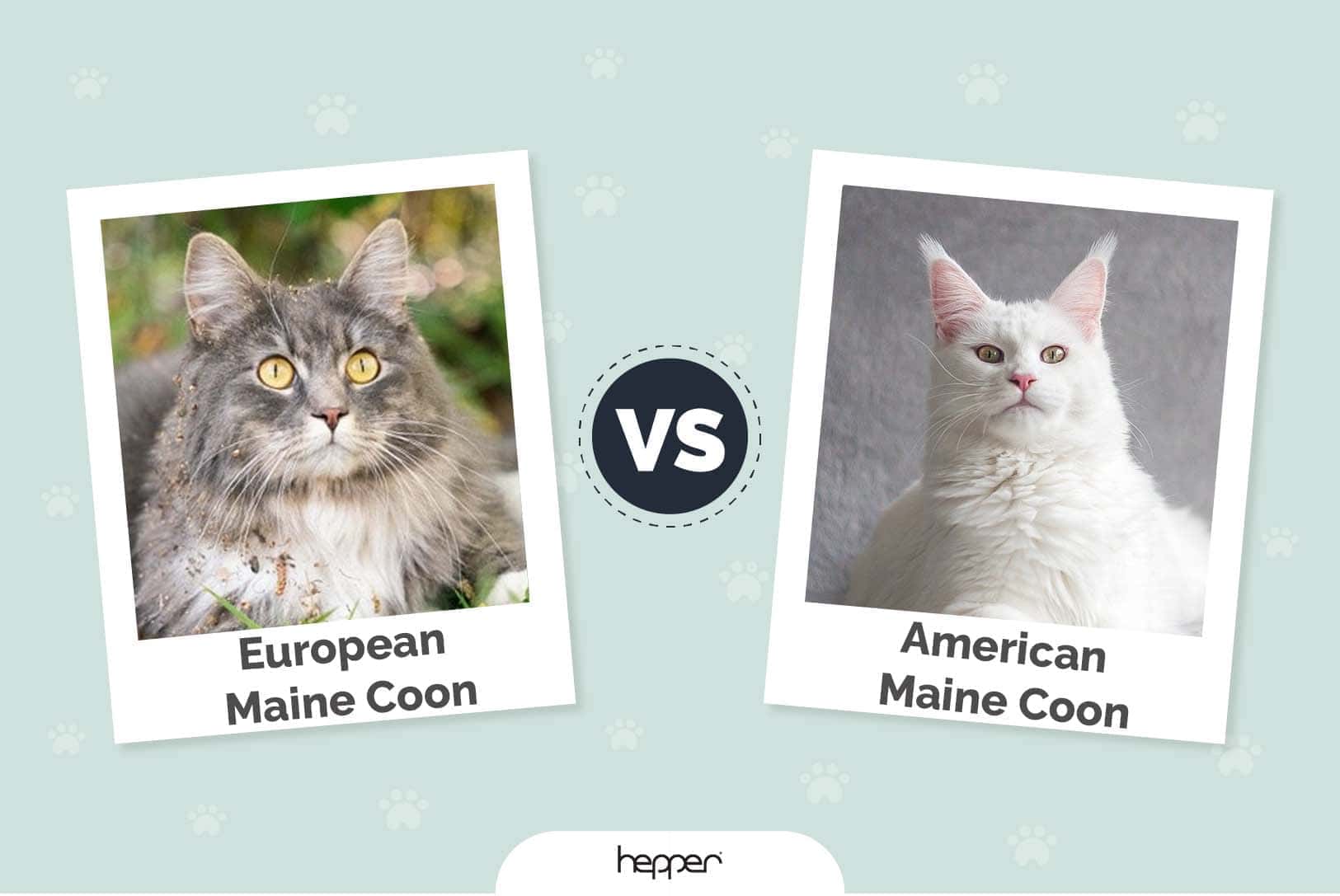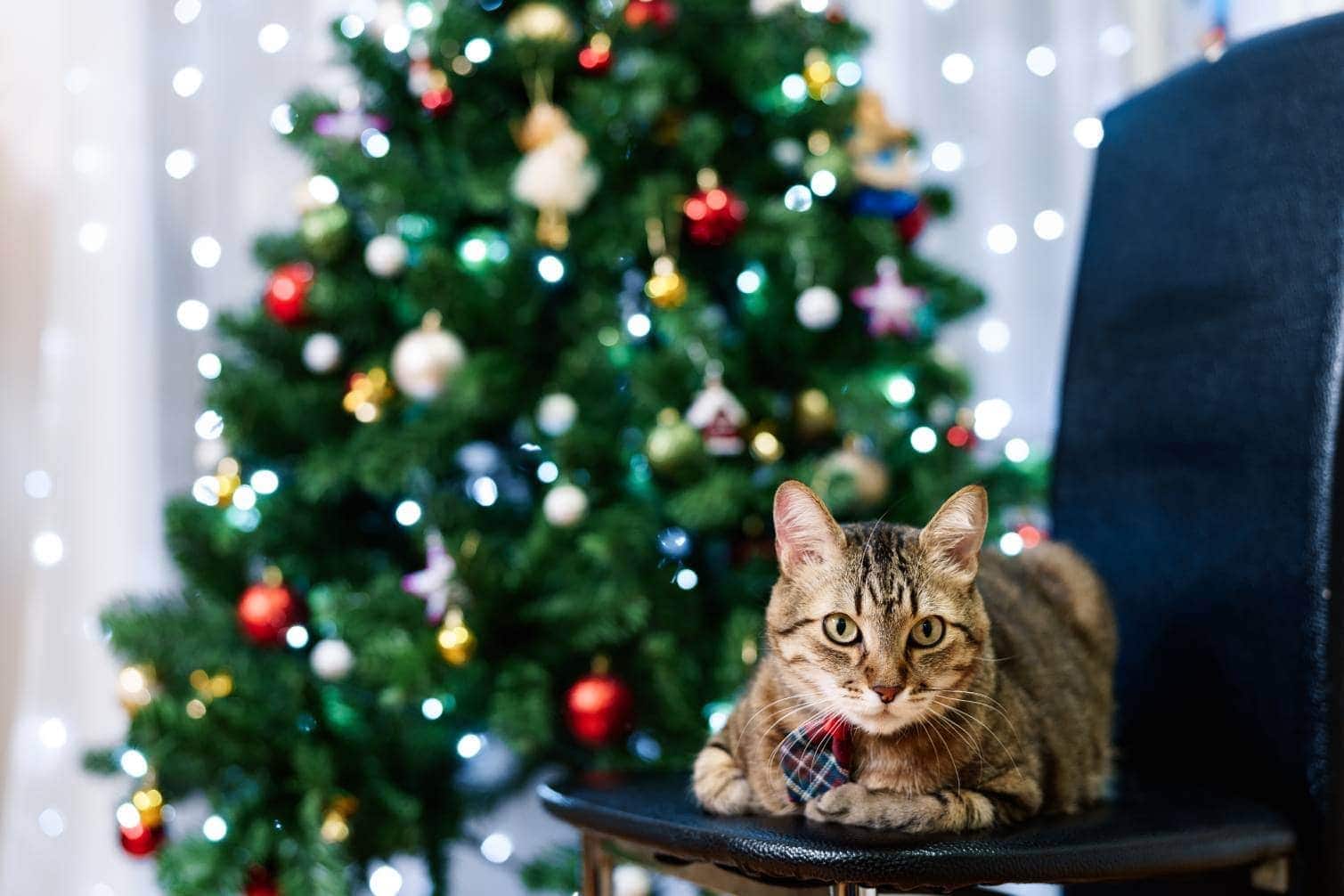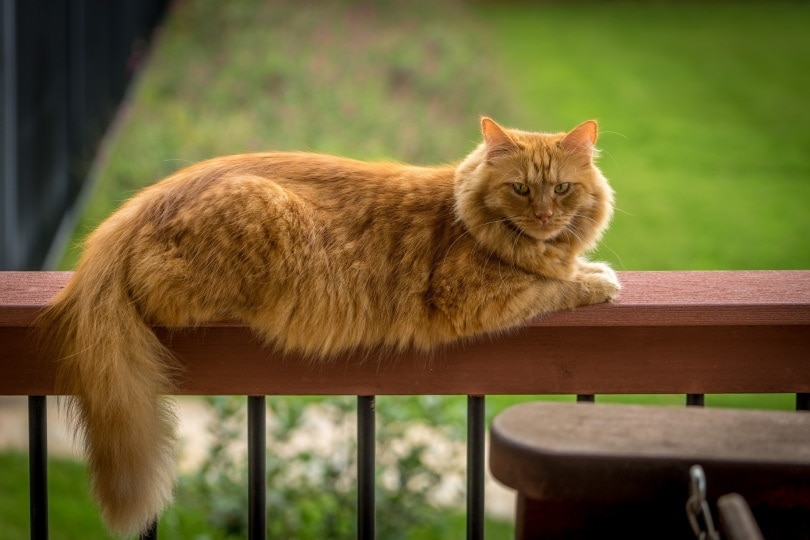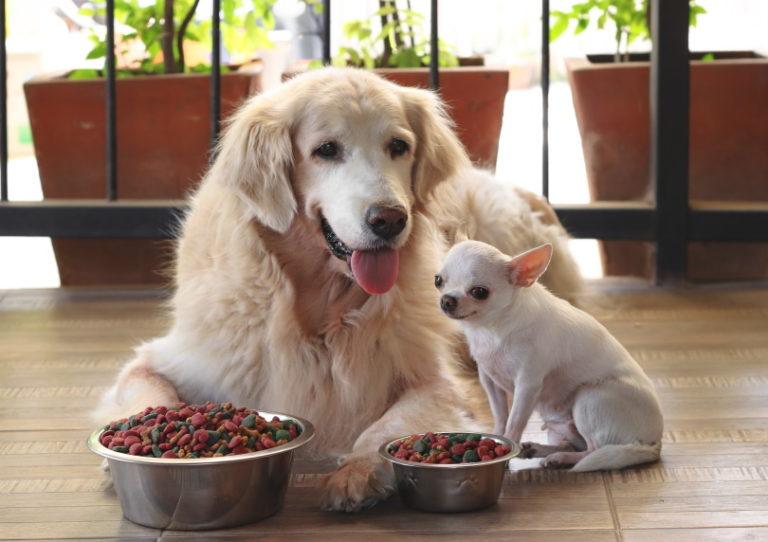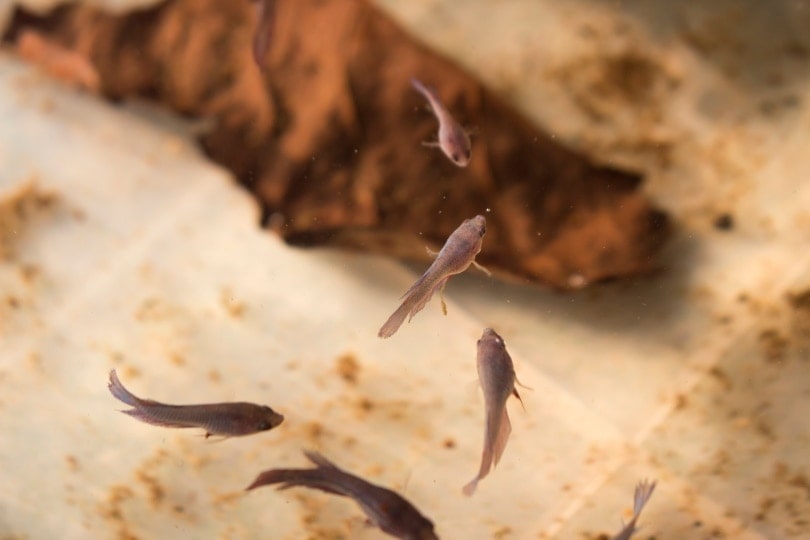What Is the State Cat of Massachusetts? History & Significance

Updated on
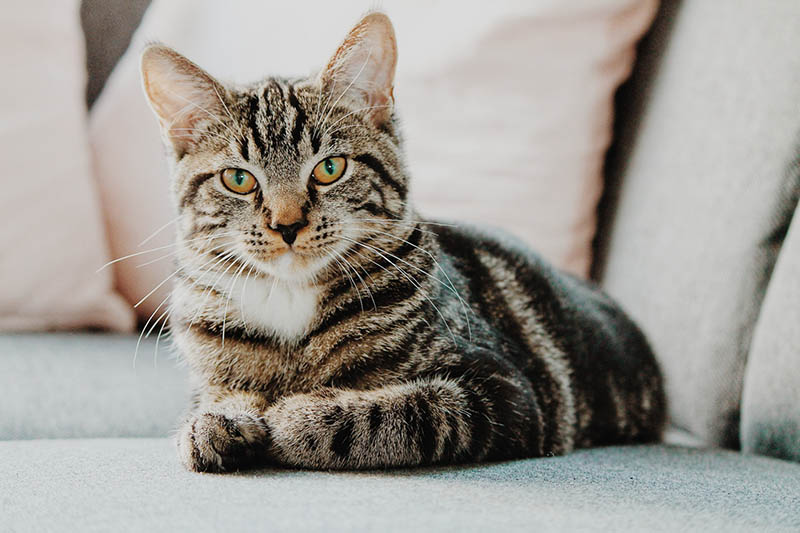
Every state in America has its own history, culture, and natural beauty. To represent their diversity, each state chooses their customs and symbols. Massachusetts has several animals to represent the state, and the most notable among them is the Tabby cat, the state cat. Massachusetts is among the only three states in America that has a certain type of domestic cat designated as a state cat.
Read on to learn more about the Massachusetts state cat.
History of the Tabby Cat and How It Was Chosen
Many historians believe that the word tabby was derived from the word atabi, a type of silk produced in the Attabiah region of Baghdad. The silk was mainly exported to England, where the residents compared the striped pattern of silk to the stripe on “tiger” cats.
This type of cat was later referred to as tabbi, later modified to tabby, the name used to refer to the cats today.
Note that “Tabby” is not the name of a specific cat breed, but rather it is a term that is used to describe a striped coat pattern present in many cats. So, while many people may mistakenly think of Tabby cats as a type of cat breed, it is only the fur coat patterns that are referred to as Tabby and can be found in all domestic cat breeds.
The Tabby cat was officially adopted to be the official state cat of Massachusetts on July 11, 1988. This happened after school children in the state campaigned for the Tabby to receive the honor of serving as the cat of the commonwealth. Why this particular cat was chosen remains a mystery.
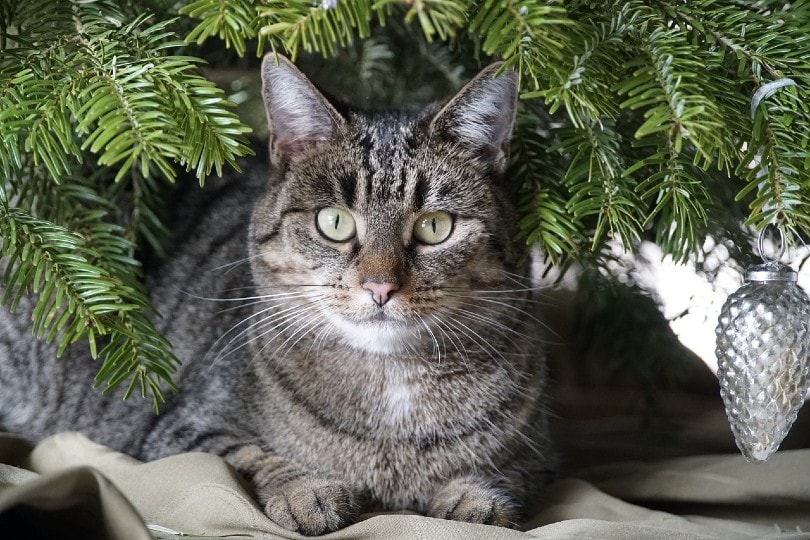
What Do Tabby Cats Signify?
Tabby cats are often thought to possess a deep spiritual meaning which is often associated with abundance, good luck, and prosperity. They have been used as symbols of abundance and good tidings for centuries.
They are also used to represent the power of the goddess of power and fertility. This is perhaps why tabbies are often associated with feminine energy and domestic life.
Specific coat colors on Tabby cats also have specific meanings. For instance, the orange hue is thought to represent the sun.
These cats are also associated with fortune-telling. It is believed that these cats can lend their mystical powers to help people read and predict the future.
Tabby Cat Overview
The Tabby cat is usually a short-haired domesticated cat that comes in a variety of sizes and colors. The most common colors are brown, orange, and gray, and some may even have a distinct M marking on their forehead.
They have so many variations in the appearance of their pattern because Tabby genes are so prevalent in most feline breeds. Many cats tend to have unique markings on their body that people adore.
Generally, these types of cats are cuddly, intelligent, and friendly. They are also gentle and sweet by nature. However, if they do not get their way, they can turn into angry beasts.
Since all domesticated cats carry the Tabby gene, which creates the Tabby pattern, it shouldn’t surprise you that Tabby cats are the most common cats in America. Also, due to there being so many distinct breeds, these cats can vary in temperament and size.
Even though some cat enthusiasts claim that the origins of the Tabby can be traced back to the African Wildcat, the true origins of tabbies remain unknown.
The 4 Tabby Cat Patterns
Overall, there are only four Tabby cat patterns in the world that are at least genetically distinct: classic, mackerel, ticked, and spotted. There may be a fifth, but it includes tabby as part of a different basic color pattern. Known as the “patched” Tabby, this is a Tortoiseshell or Calico that features Tabby patches on its body.
All the aforementioned patterns have been detected in randomly bred populations. You can also find several more patterns in specific breeds. For instance, you can find a modified classic Tabby cat in the Sokoke breed. Also, you can find marbled and rosette patterns in the Bengal breed. These modified patterns are a result of interactions between domestic and wild Tabby genes.
1. Mackerel
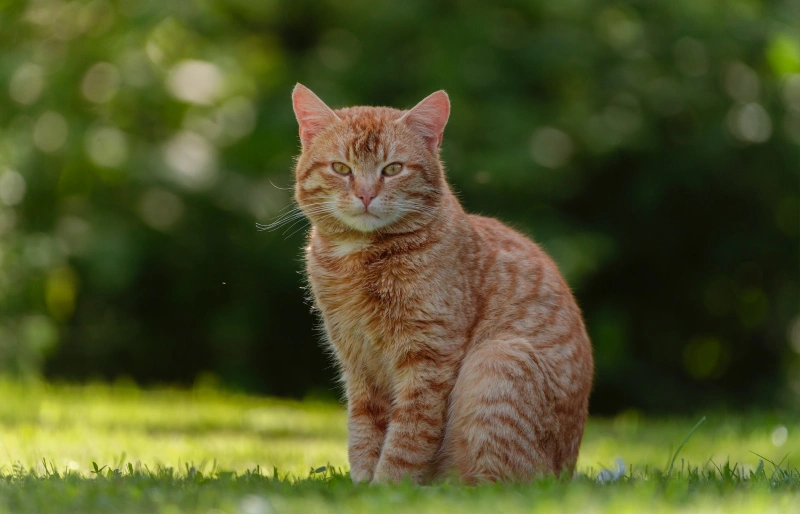
These are vertical curving stripes found on the sides of a cat’s body. These very narrow stripes can break smaller bars or spots on the flanks and stomach. These cats also feature a unique “M” shaped mark on their forehead. Mackerel cats can sometimes have a peppered nose with black spots appearing along the tip of the nose. This is the most common pattern you can find in Tabby cats.
2. Classic Tabby

These Tabbies may also feature the “M” mark on their forehead; however, their body markings have swirls and twirls with wide stripes. They are often referred to as butterfly patterns. The tails and legs of these Tabby cats are often barred, with the patterns varying depending on the width of the bands.
3. Spotted
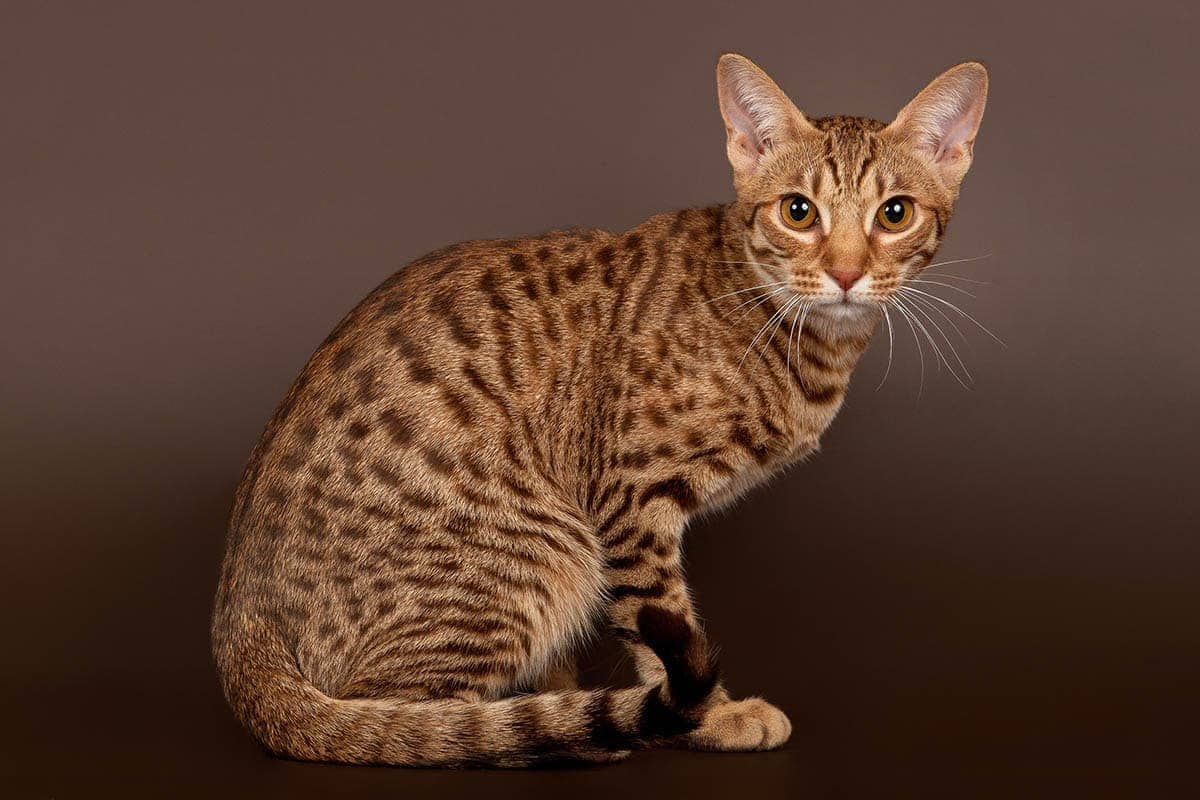
To many people, the spotted pattern doesn’t even look or feel like a true natural pattern on a cat. They consider it to be a modification from the Mackerel pattern, making the stripes appear more like spots. These spots can either be large or small and can be seen on some cat breeds like the Ocicat and Egyptian Mau.
4. Ticked
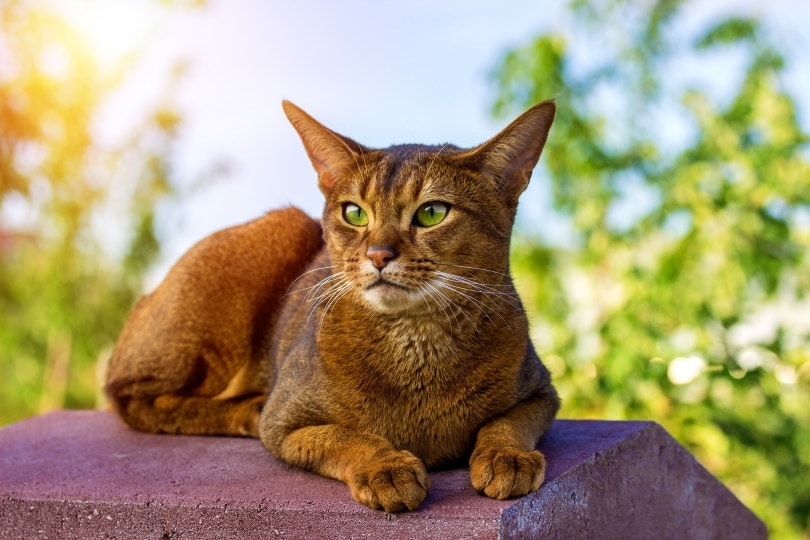
This Tabby pattern occurs when the hairs on a cat’s body have distinct color bands that break up the pattern to create a salt-and-pepper appearance. There is a barring, or a ghost-like stripe, present on the face, lower legs, and belly of the cat; every strand of hair changes color from the root to the tip. The ticked pattern is commonly found in Abyssinian cats.
Conclusion
The Tabby cat was officially declared the state cat of Massachusetts in 1988. Despite popular belief, Tabby describes a specific hue or pattern on a cat instead of a particular breed. Any cat that features a pattern with swirls, stripes, spots, or blotches of color on its fur coat is referred to as a Tabby, in most contexts at least.
Now that you can clearly identify a Tabby cat and its significance, you can learn to recognize it and appreciate it as the state cat of Massachusetts.
Featured Image Credit: Erik Jan Leusink, Unsplash


